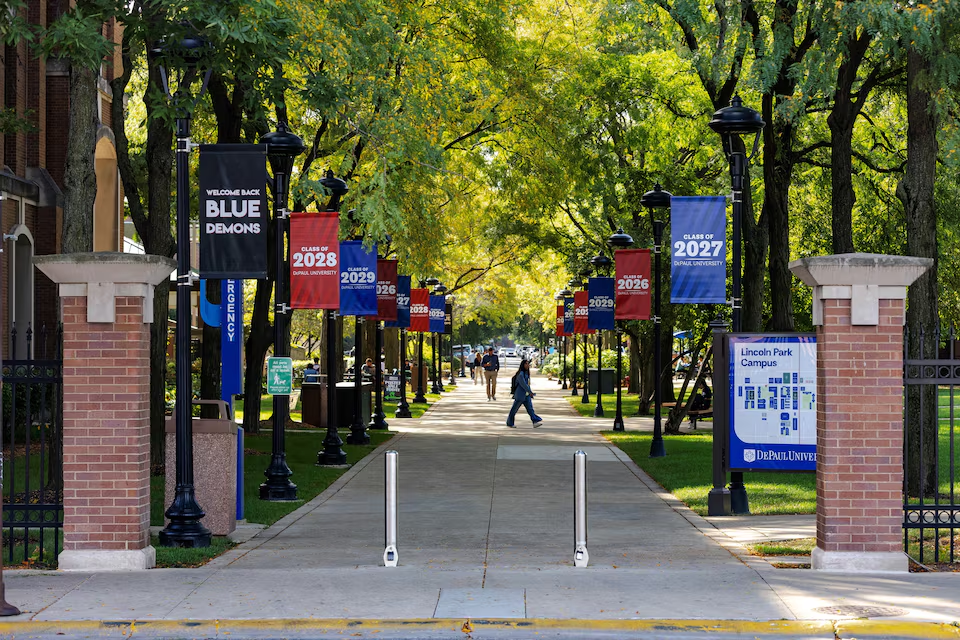A student from India who was accepted to the University of California, Davis, said she decided to defer admission and is considering other options because of uncertainty about getting a student visa. “My parents were also scared that I might get deported or something if I go right now,” she said.
A Chinese student who graduated from Northwestern University in 2024 was accepted to a U.S. program to pursue his PhD in economics, but he said he decided to enroll in the United Kingdom because of uncertainty surrounding visas, combined with precarious research funding.
“Except one of my professors, all of them suggested that if I have a non-U.S. option, I should think about it carefully,” he said. “So I made that choice.”
EARLY NUMBERS SHOW DECLINE
Some 1.2 million international students studied in the U.S. during the 2024-2025 academic year, according to estimates from NAFSA: Association of International Educators, a non-profit organization. In July, NAFSA projected that number would drop by up to 15% this year, costing the U.S. economy nearly $7 billion.
With universities still tallying their fall enrollment, it is too soon to compile nationwide data. The number of international students studying in the U.S. this month is down 2.4% from last September – from 965,437 to 942,131, according to data from the Department of Homeland Security’s Student and Exchange Visitor Program. These numbers do not paint a full picture, however, because the number of incoming and outgoing students is in flux, and some schools have not yet reported their fall numbers.
Reuters spoke to administrators or spokespersons at 10 schools with consistently high foreign enrollment. All report declines in overall international student enrollment – ranging from a 1% dip at the University of Illinois Urbana-Champaign to a 19% drop at the University at Buffalo. Illinois has enrolled 13,268 international students, and Buffalo has 4,087.
Both schools enrolled more international freshmen this fall. But steep declines in the number of graduate students enrolling from abroad drove their overall foreign enrollment totals down. The decline was most pronounced among first-year graduate students. Illinois Urbana-Champaign has seen a 22% drop and Buffalo, 58%.
Any decrease in enrollment among first-year students has a compounding effect, said Dr. Fanta Aw, executive director and CEO of NAFSA. When admitted first-year master’s program students opt not to enroll, a school loses their tuition for two years.
Exacerbating that pain is the fact that many international students are ineligible for financial aid and thus pay full tuition. They are an important revenue source for many schools seeking to offset decreasing domestic enrollment, increasing operating costs and cuts to government funding.
On Wednesday, the Trump administration asked universities to sign a deal, opens new tab that could squeeze many schools even more. It seeks to cap international undergraduate enrollment at 15%.
“Universities that rely on foreign students to fund their institutions risk, among other things, potentially reducing spots available to deserving American students,” said a memo to universities shared with Reuters by a White House official.
In June, credit ratings agency Moody’s warned that falling enrollment could present a credit risk for some schools. Among the most vulnerable, it reported, are schools with graduate programs that rely heavily on international students. That dependence has grown over the past decade, the report said.
“Graduate students often pay higher tuition fees for certain programs, so the loss of these students could have a particularly severe revenue impact,” the report said.
Reporting by Kaylee Kang and Helen Coster in New York and Jaimi Dowdell in Los Angeles. Additional reporting by Kanishka Singh in Washington. Editing by Janet Roberts.


